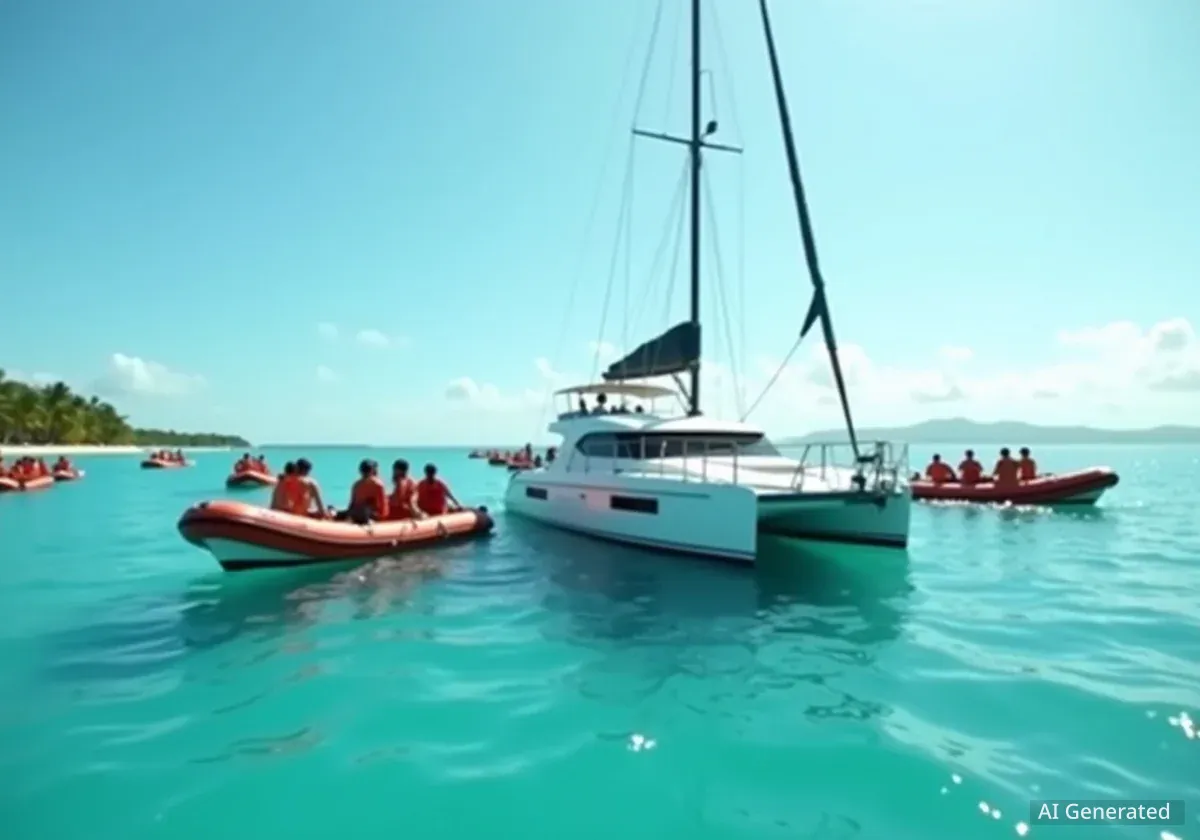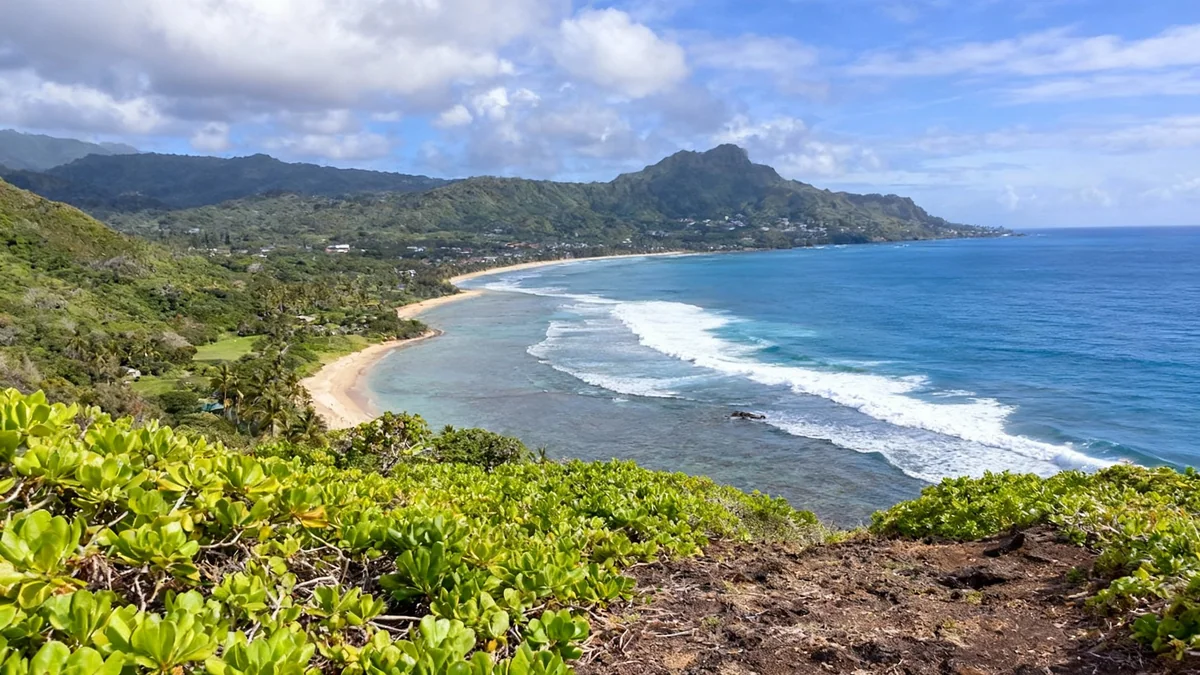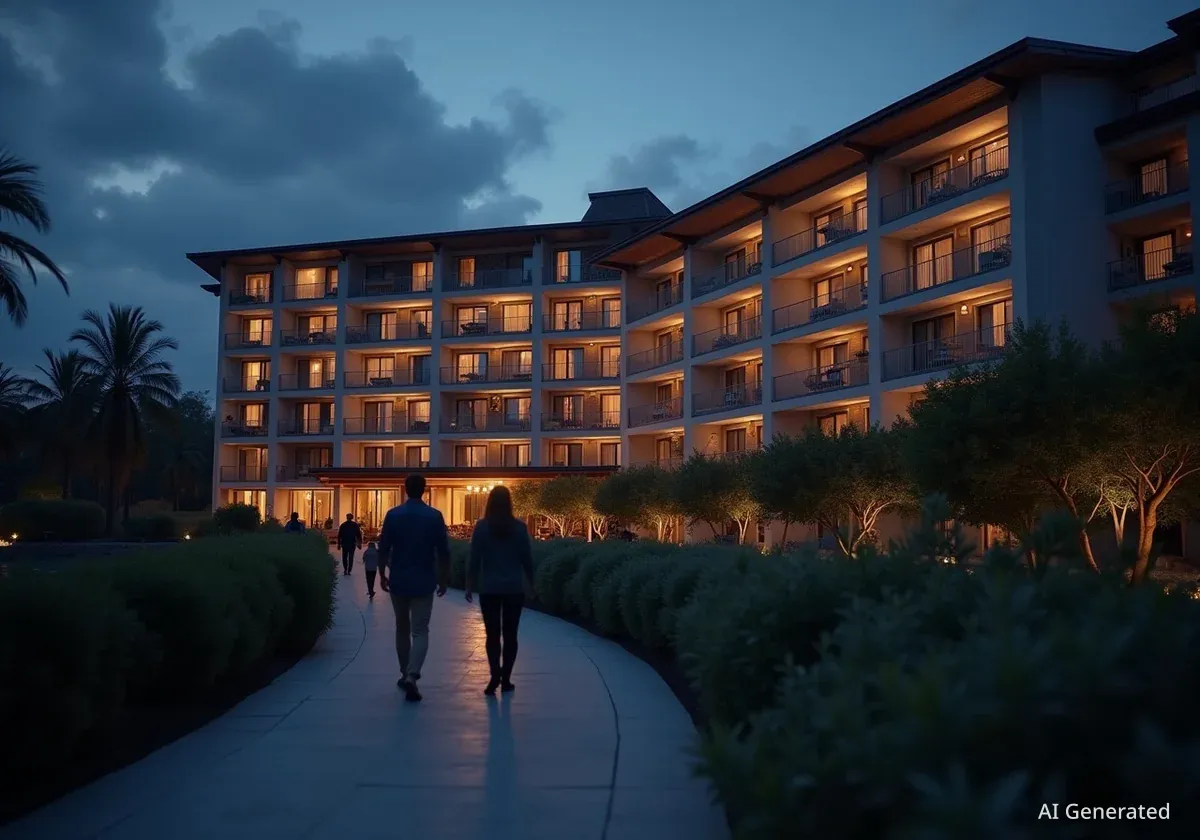Following a recent incident at a major Florida theme park, questions about the safety of amusement park attractions have resurfaced. However, industry data and safety experts confirm that rides are subject to rigorous, multi-layered safety protocols, making serious injuries statistically rare.
Experts from the legal, engineering, and operational fields explain the extensive processes that govern ride design, testing, and daily inspections, highlighting a system built on redundancy and strict standards.
Key Takeaways
- The statistical probability of a serious injury on a fixed-site U.S. theme park ride is approximately 1 in 15.5 million, according to industry data.
- Safety measures are integrated from the initial design phase, including simulations, stress tests, and strict limits on G-forces.
- Rides undergo extensive testing at the factory and on-site before receiving public certification from independent inspectors.
- Daily pre-opening inspections are mandatory, with technicians physically examining tracks and systems every night.
- Experts emphasize that guest compliance with safety rules, such as height and weight requirements, is crucial for personal safety.
Understanding Ride Safety Statistics
Public attention on theme park safety was recently heightened after the death of 32-year-old Kevin Rodriguez Zavala at Universal Orlando Resort. The incident occurred on September 17 after he rode the Stardust Racers roller coaster. The local medical examiner's office determined the cause of death was "multiple blunt impact injuries" and ruled it an accident. Investigators also confirmed the ride was operating as designed.
While such events generate significant concern, industry figures provide a broader context. Data indicates that the chance of being seriously injured on a fixed-site ride in the United States is about 1 in 15.5 million rides taken.
Safety by the Numbers
On average, there are four to five fatalities annually related to theme park rides in the U.S. For comparison, data shows that approximately 40,000 people die each year in traffic-related incidents on U.S. roads.
This high level of safety is not accidental but the result of a systematic approach that begins long before a ride ever opens to the public. According to specialists in the field, this process involves meticulous design, exhaustive testing, and continuous operational oversight.
From Blueprint to Operation: A Multi-Stage Process
The safety of an attraction is a primary consideration from its earliest conceptual stages. Personal injury attorney Doug Burnetti, founder of Burnetti, P.A., explains that safety is fundamental to the engineering process.
"[There are] maximum allowable g-forces and accelerations, and other safety measures like structural integrity and restraint systems. Designers use simulations, stress tests, and strict force limits to ensure rides operate safely under any conditions," Burnetti stated.
Rigorous Pre-Opening Testing
Once a ride is manufactured, it enters a demanding testing phase. Mat Merten, owner of the consultancy Sil Safe, outlined the multiple stages of verification. The first is Factory Acceptance Testing (FAT), where the ride is assembled and tested at the manufacturer's facility to identify any mechanical or control system faults.
After being installed at the park, the ride undergoes further trials. "The entire system undergoes repeated cycling — often hundreds of times — with sensors, dummies, and finally human testers," Merten said. These testers are typically trained staff or regulatory inspectors. Only after passing these evaluations can a ride be certified by independent state or local authorities.
The Role of Collaboration
Royce Dorazio, a former Disney ride technician, noted that major theme park operators like Disney and Universal maintain high safety standards and often collaborate on safety practices. "Disney, Universal and the other major players might compete on the business side, but they all work closely together on safety," he explained.
Daily Inspections and Maintenance
After a ride is cleared for public use, it is subjected to a continuous cycle of inspections. This daily routine is crucial for maintaining operational safety. According to Merten, all rides "must pass daily pre-opening inspections, including checks of restraint systems — lap bars, over-the-shoulder restraints — track integrity, and safety system functioning, including sensors."
This process is hands-on and thorough. Dorazio added details about the nightly procedures for major attractions like roller coasters.
"Mechanics physically walk the coaster tracks every single night. They make sure everything is where it should be," Dorazio said. He also clarified that many daytime ride stoppages are not due to mechanical issues. "Most of the shutdowns you see during the day aren't mechanical failures at all – they're caused by things like guests dropping selfie sticks or other objects onto the track."
The Importance of Restraint Systems and Staff Training
Restraint systems, such as lap bars and over-the-shoulder harnesses, are a visible and critical component of ride safety. These systems are engineered to withstand immense forces and are integrated with the ride's control system.
"Modern restraints are sensor-interlocked — rides will not dispatch unless all are locked and verified by the ride's controls," Merten explained. This creates a fail-safe that prevents a ride from starting until all passengers are secured.
Dorazio emphasized the strength of these components. "These restraints are engineered to handle a huge amount of stress," he said. However, he also pointed out that proper operation is key. "If a ride isn't operated correctly, the fault isn't with the manufacturer or the ride itself — it's an operational issue."
Operator Training and Guest Responsibility
To ensure correct operation, staff at major parks receive extensive training. "The training materials are there. I was trained on manuals for each ride, and the same training is provided to operators," Dorazio confirmed.
Experts also stress the role of guests in ensuring their own safety. Adhering to posted rules is a simple but vital step. Dorazio's advice for visitors is straightforward:
- Follow all posted rules and instructions.
- Adhere to height and weight requirements.
- Listen to instructions from ride operators.
- Secure all loose items before the ride begins.
"Follow the rules,” Dorazio urged. “Even if you don't understand why a height or weight limit exists, it's there for a reason." He concluded that guests should feel confident in the industry's commitment to safety, noting that it remains the top priority for park operators and ride manufacturers.





